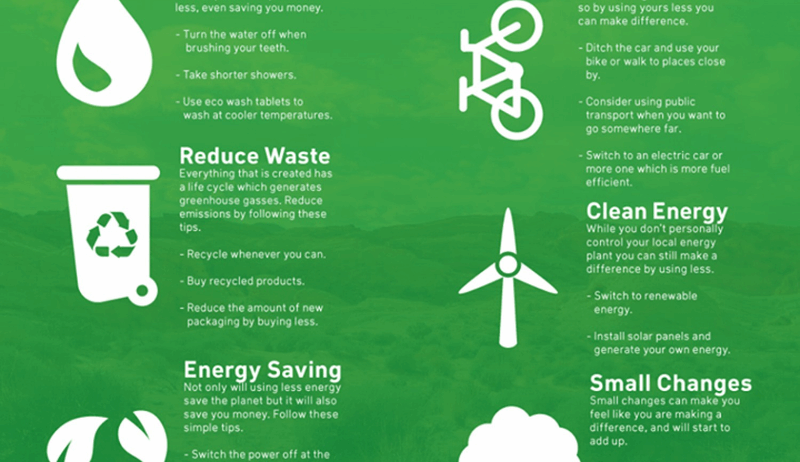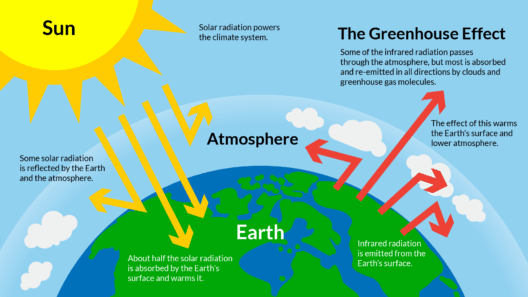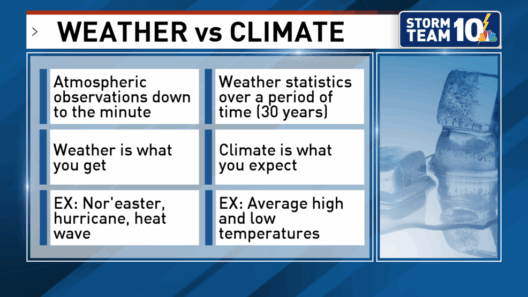Climate change is perhaps the most pressing challenge of our era, an intricate conundrum that affects every facet of our existence. It is not merely a distant concern; it is an omnipresent threat intensifying storms, droughts, and rising sea levels, wreaking havoc on ecosystems and human livelihoods alike. Thus, the responsibility to act is not just a burden of the future but a shared endeavor of the present. Engaging with practical solutions to mitigate climate change is essential. This article explores viable paths toward a sustainable future.
By embracing innovative technology, grassroots movements, and conscientious lifestyle changes, we can collectively forge solutions to safeguard our planet and ensure a resilient environment for generations to come.
Innovative Technological Solutions to Combat Climate Change
As we step into the fourth industrial revolution, technology has emerged as a beacon of hope in the fight against climate change. Advances in renewable energy sources, such as solar, wind, and hydroelectric power, hold enormous potential for reducing dependency on fossil fuels. Harnessing the power of the sun through photovoltaic panels and wind through turbines lessens carbon footprints significantly. Citizens and governments alike must advocate for the transition to these renewable options.
Energy storage technologies, particularly batteries and other innovative solutions, are equally essential. These technologies allow for the efficient storage of energy generated from renewable sources, facilitating a more robust and reliable energy grid. The advent of electric vehicles (EVs) represents another crucial nexus in the battle against climate change. These cars significantly lower greenhouse gas emissions compared to their gasoline counterparts. Promoting the widespread use of EVs can drastically transform urban transportation landscapes, making them more sustainable.
Moreover, carbon capture and storage (CCS) technology presents a groundbreaking avenue to address existing emissions. By capturing CO2 from power plants and industrial processes, we can prevent significant amounts of carbon from entering the atmosphere. Investment in research and development in this field becomes imperative for scaling this transformative technology.
Agricultural Practices: Cultivating a Sustainable Future
Beyond technological advancements, rethinking agricultural practices is pivotal. Agriculture contributes a significant portion of greenhouse gas emissions, primarily through methane from livestock and nitrogen from fertilizers. Therefore, adopting sustainable farming techniques can lead to a substantial reduction in emissions.
Permaculture, for instance, is a holistic and sustainable approach to agriculture that mimics natural ecosystems. It emphasizes crop diversity, soil health, and efficient use of resources—elements that can drastically decrease our agricultural carbon footprint. Crop rotation, cover cropping, and agroforestry are also sustainable practices that bolster soil health and enhance biodiversity, combating desertification and erosion.
A further approach is promoting plant-based diets. Transitioning towards a more plant-centric diet can significantly alleviate the demand for resource-intensive animal agriculture. By encouraging local and organic food systems, we not only reduce our carbon footprint but also support economic resilience and community cohesion.
Policy Interventions: Driving Change at the Macro Level
The role of government and institutional policies cannot be overstated. Effective legislation can catalyze monumental shifts, affecting how industries operate. Implementing a carbon pricing mechanism would impose a fee on carbon emissions, incentivizing companies to adopt cleaner technologies and practices. Simultaneously, subsidies for renewable energy projects and support for eco-friendly businesses can stimulate the economy while addressing climate concerns.
Additionally, reforestation and afforestation initiatives can serve as natural carbon sinks, absorbing CO2 from the atmosphere. Governments must prioritize the protection of existing forests and promote reforestation efforts to restore ecosystems while maximizing their climate mitigation potential.
Urban planning must also incorporate sustainable practices. Designing cities with public transportation, green spaces, and pedestrian-friendly infrastructure encourages low-carbon lifestyles, reducing reliance on vehicles and enhancing the quality of urban environments. Smart city technologies that leverage data to optimize energy usage are vital components of this broader strategy.
Education and Awareness: Empowering Communities
Popular discourse surrounding climate change often distills complex issues into polarized debates. Educating the public on cutting-edge science and the socio-economic implications of climate change is crucial. Grassroots movements play a transformational role here, inspiring individuals to mobilize for change.
Promoting environmental literacy in schools can ignite passion in young minds, empowering future changemakers. Community workshops focused on sustainable practices empower individuals with the knowledge to enact change. Whether it is through conserving energy, reducing waste, or participating in local conservation efforts, each action is a cog in the larger machinery of change.
Moreover, leveraging social media platforms can galvanize support for climate initiatives. Stories and narratives of community-led success can inspire others to undertake similar initiatives, creating a ripple effect of empowerment and engagement.
The Path Forward: Each Action Counts
In conclusion, the challenge of stopping climate change transcends individual concern; it is a collective call to action that demands a multifaceted approach. By synergizing innovative technological solutions, sustainable agricultural practices, proactive government policies, and grassroots movements, we can forge a comprehensive strategy to combat this crisis. With determination and commitment, every individual can contribute to this global endeavor. The path forward resides in the hands of each of us. Thus, the question remains: what steps will you take today toward a more sustainable tomorrow?








